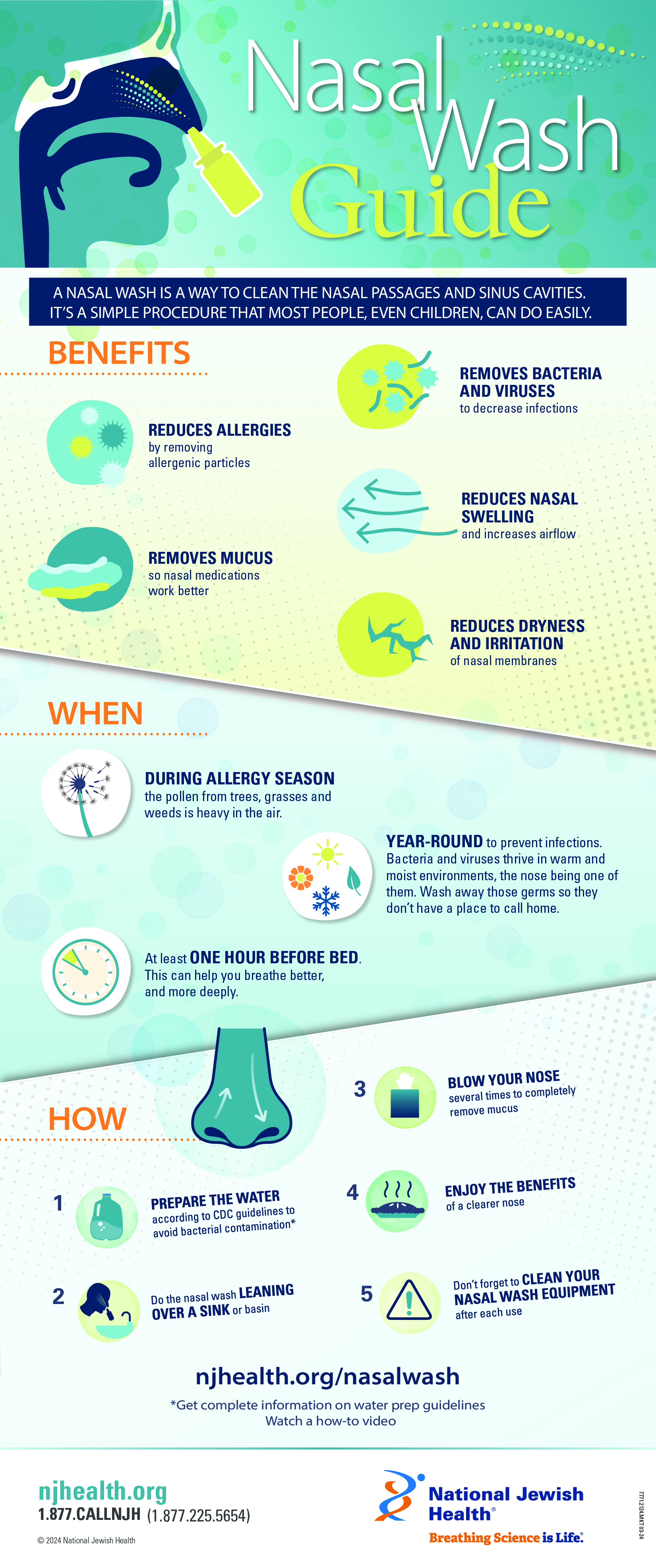
Essential Guide to Safely Inducing Vomiting in Dogs
Understanding how to make a dog throw up is an important skill for any responsible pet owner. At times, dogs may ingest harmful substances, making it necessary to induce vomiting in dogs as a quick first aid measure. It's essential to recognize when to make a dog throw up, as improper action can lead to further health complications. This article will provide crucial insights, safe methods, and veterinary advice for dog vomiting.
Taking care of your dog, especially during emergency situations, is a part of your responsibilities as a dog owner. Knowing how to respond can significantly affect your dog's health. This guide will touch upon the best practices, signs of distress in dogs, and common risks associated with inducing vomiting. Let's explore safe ways to help your furry friend when they are in distress.
Key takeaways include understanding dog poisoning symptoms, effective home remedies for dog vomiting, and when to seek veterinary help. We'll also address preventive measures to ensure your dog stays healthy and safe in the future, such as avoiding harmful substances and regular monitoring of dog behavior.
Recognizing When to Make Your Dog Throw Up
Before taking any action, it’s critical to assess the situation to decide if inducing vomiting is necessary. Common dog poisoning symptoms such as lethargy, excessive drooling, and signs of distress can indicate that immediate action is required. If your dog has ingested a toxic substance, it is essential to act quickly, as some toxins can be deadly if not addressed promptly.
In other situations, such as mild gastrointestinal upset or food they shouldn't have eaten, you may decide against inducing vomiting. Always consider the type of substance ingested and consult with a veterinarian if possible. Understanding the specific circumstances around your dog's condition will help determine the best course of action.
Anyone unsure about their dog's situation should always consult a veterinary professional. Knowing when to act for dog health can prevent serious issues and protect your dog's well-being in emergencies.
Safe Methods to Induce Vomiting in Dogs
One of the most commonly recommended safe methods to make a dog throw up involves administering hydrogen peroxide. The standard dose is 1 teaspoon for every 5 pounds of your dog's body weight, but it should never exceed 3 tablespoons. This method can effectively trigger vomiting if done within a limited time after ingestion.
An alternative, though less common, is ipecac syrup. However, its effectiveness in dogs is different compared to humans and can pose risks, so it should not be a go-to option without veterinary guidance. It's important to always consider the potential risks of inducing vomiting, as it can sometimes cause more harm than good depending on the situation.
Be sure to monitor your dog after vomiting to confirm that they are recovering well and exhibiting no further distress. Keep in mind that inducing vomiting may not be safe or advisable in cases of sharp objects or corrosive substances, making it imperative to gather as much information as possible before acting.

Post-Vomiting Care: What to Do Next
After inducing vomiting, your focus should shift to dog recovery. It's crucial to monitor your dog closely for any signs of distress or complications. Provide them with water but limit their intake to avoid further irritation to their stomach. This period is essential to help your dog's body recover from the ordeal.
Dietary changes may also be necessary after your dog has thrown up. Once you establish that they are stable, offering small amounts of bland food such as boiled chicken and rice can help ease them back into regular feeding. Gradually reintroducing their usual diet can ensure a smoother recovery. Common practices include providing nutritious dog treats that are gentle on their stomach.
Also, remember to assess hydration levels, as dogs can become dehydrated after vomiting. Check for signs of dehydration, such as dry gums and lethargy, and ensure they have access to fresh water to encourage rehydration.
Preventing Dog Health Emergencies
Understanding how to prevent dog health issues plays a crucial role in responsible pet ownership. Common dog health problems can stem from various factors, including accessing harmful substances. Keeping household items like medications and toxic plants out of reach can go a long way towards preventing emergencies.
Regular wellness checks are vital for ensuring ongoing canine health. Regular vet visits help catch potential health issues early and contribute to comprehensive dog care. Keep up with vaccinations and other preventative measures, as these contribute to your dog's overall wellness.
Fostering an environment that promotes safe behaviors in your dog includes teaching them commands like "leave it" to prevent them from ingesting items they shouldn’t. These proactive measures contribute to a safer home for your furry companions.

Vets' Advice: Seeking Help for Dog Vomiting
Knowing when to call a vet for dog vomiting is crucial in ensuring your pet's safety. If your dog is vomiting persistently or if the vomit contains blood, seek emergency help immediately. Other warning signs that require veterinary attention include stomach swelling, severe lethargy, or any ongoing distress.
Veterinary advice for dog vomiting often emphasizes the importance of not delaying treatment, particularly if any other symptoms accompany vomiting. Blood in vomit or a history of toxicity exposure requires immediate assessment. Keep an eye out for any sudden changes in your dog’s behavior or health status; these can often be indicators of a significant problem.
Ultimately, the key to maintaining dog health is a combination of emergency knowledge and regular wellness practices. Being equipped with information on canine vomiting causes and effective dog first aid will empower you to act decisively in times of need.
Final Thoughts on Dog Health and Care
Dog wellness checks should be a routine part of being a dog owner, ensuring that your furry friend lives a healthy, happy life. Understanding the signs of good dog health, monitoring behavior, and knowing how to respond in emergencies all play a critical role in promoting dog wellness. Remember to continuously educate yourself on dog care essentials and seek professional help whenever in doubt.
In conclusion, being prepared for dog health emergencies includes knowing how to care for a vomiting dog and understanding safe practices to ensure their safety. Flawless dog owner responsibilities involve not only immediate action but also ongoing preventive care to keep your dog safe and healthy. Equip yourself with knowledge, take action when necessary, and prioritize your dog’s health with the attention it deserves.
```